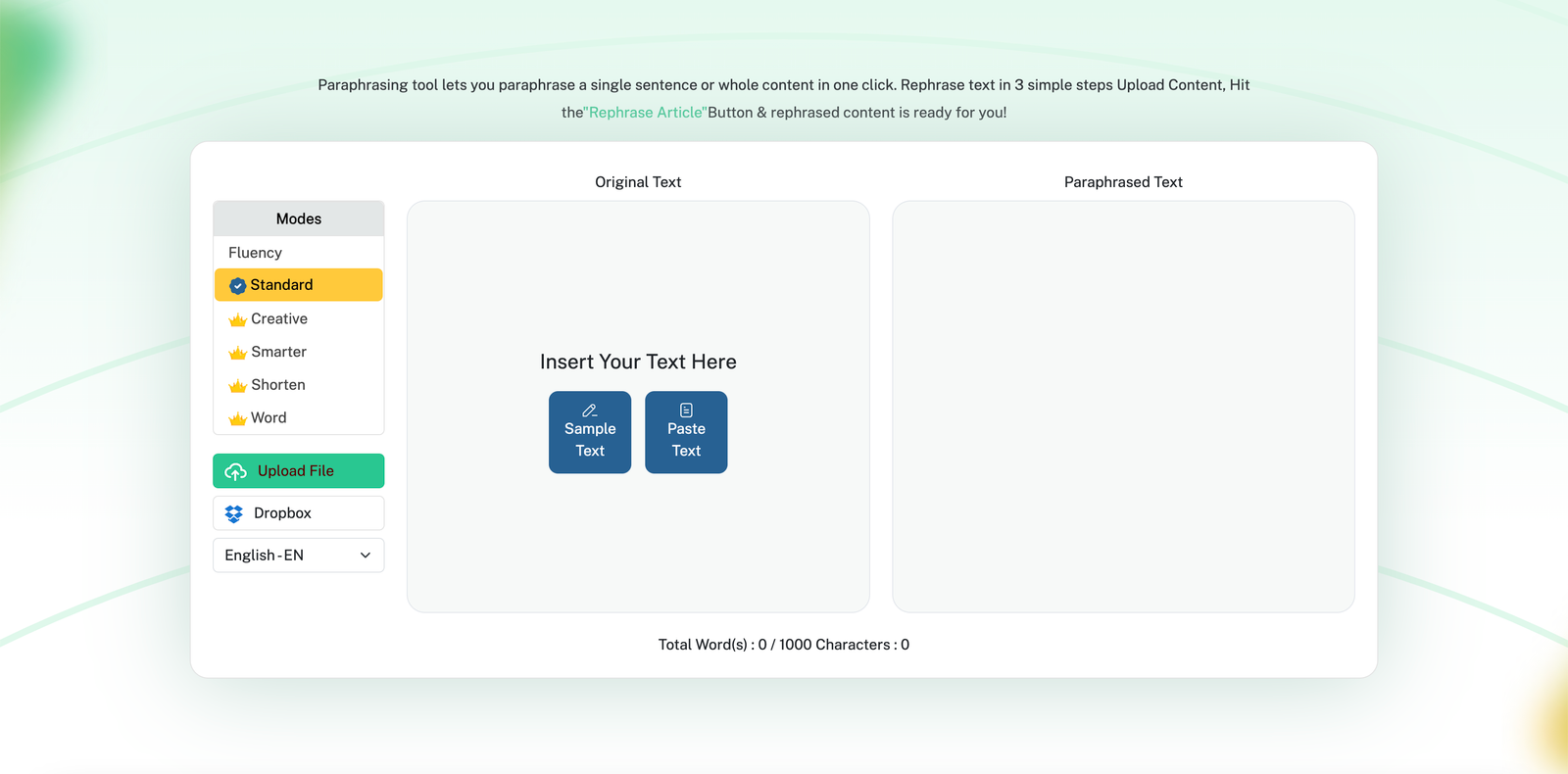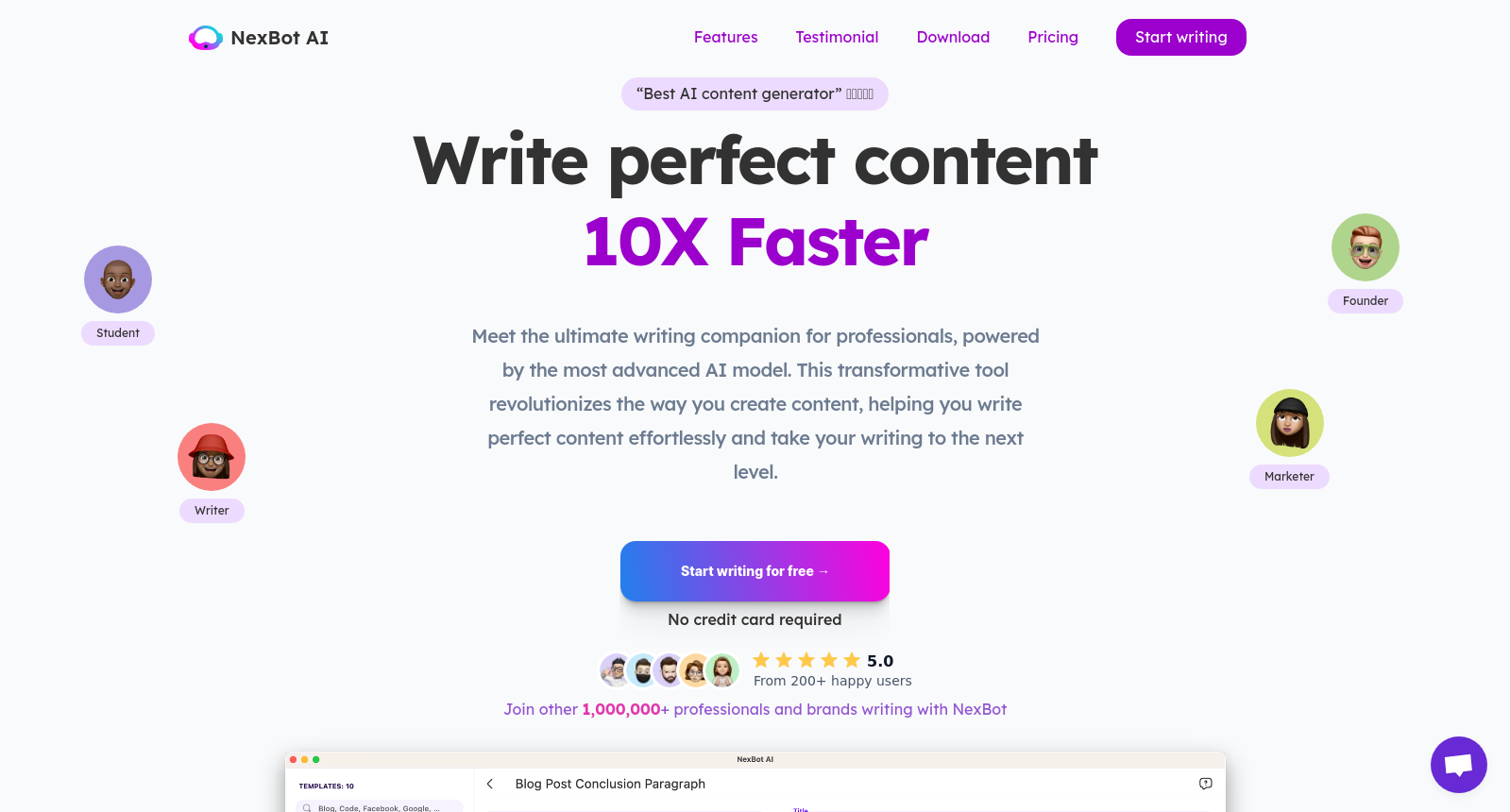Nowadays, businesses generate and manage vast amounts of information daily. Without an efficient knowledge management (KM) system, valuable insights can be lost, reducing productivity and collaboration. A well-structured KM solution helps organizations store, organize, and retrieve information seamlessly, improving decision-making and operational efficiency.
JavaScript UI components play a crucial role in simplifying the development of such systems, offering pre-built solutions for data structuring, document management, and user interaction in web browsers. Essential elements like rich text editing, grid-based data organization, and hierarchical navigation provide a seamless user experience. By leveraging powerful UI libraries, developers can save time, enhance functionality, and build scalable KM systems. In this article, we’ll explore how JavaScript UI components can be effectively used to create a feature-rich and intuitive KM system.
Key Features of an Effective Knowledge Management System
An effective knowledge management system (KMS) should provide a seamless experience for users to create, organize, and retrieve information. One of the key features is rich text editing, enabling users to format documents, add images, and structure content for better readability. A well-designed KMS also requires structured data storage, where knowledge can be categorized using folders, tags, or hierarchies, ensuring easy navigation. Additionally, advanced search and filtering capabilities are essential for quick access to relevant information, allowing users to find documents based on keywords, metadata, or content.
A user-friendly UI plays a crucial role in adoption, as a cluttered or complex interface can discourage users from engaging with the system. Implementing intuitive navigation, responsive design, and accessibility features ensures a smoother experience. Integration with collaboration tools enhances teamwork by enabling comments, real-time edits, and version tracking. Moreover, role-based access control is necessary to manage permissions and protect sensitive data.
By combining these elements, developers can build a robust KMS that streamlines knowledge sharing, improves workflow efficiency, and enhances organizational learning.
Choosing the Right JavaScript UI Components for Knowledge Management
Building a knowledge management system (KMS) requires a combination of well-structured data representation, intuitive navigation, and efficient content editing tools. Instead of developing these features from scratch, developers can leverage a JavaScript widget library to streamline the process and ensure a seamless user experience.
A rich text editor plays a crucial role in content creation, allowing users to format text, insert media, and structure information effectively. With a ready-made JavaScript rich text editor, teams can provide a smooth document editing experience directly within the application.
At the same time, organizing structured data efficiently is key to knowledge management. A grid component helps display and manage large datasets, making it easier to filter, sort, and interact with records.
Navigation is another critical aspect of KMS usability. A tree view enables users to explore hierarchical structures, such as categories and subcategories, in an intuitive way. Additionally, powerful search and filtering capabilities enhance accessibility by allowing users to quickly locate relevant information. By integrating these UI components, developers can build a feature-rich and scalable knowledge management system while significantly reducing development time.
Benefits of Using JavaScript UI Components for KM Systems
Leveraging JavaScript UI components in a knowledge management (KM) system significantly accelerates development by providing pre-built, feature-rich elements that eliminate the need for building interfaces from scratch. These components are highly customizable, allowing developers to tailor them to specific business requirements while maintaining a cohesive user experience. Additionally, performance and scalability are key advantages—modern UI components are optimized to handle large datasets efficiently, ensuring smooth navigation and data retrieval even in complex systems. Many JavaScript UI libraries also offer cross-browser compatibility, reducing maintenance efforts and enhancing accessibility across devices. Integration capabilities further streamline development, enabling seamless connectivity with backend services, databases, and third-party tools. By using ready-made UI components, businesses can focus more on functionality and user experience rather than on low-level UI implementation, ultimately delivering a faster, more responsive, and user-friendly KM system.
Conclusion
Building a robust Knowledge Management (KM) system for the web requires an intuitive and structured approach, and JavaScript UI libraries play a key role in simplifying this process. By leveraging ready-made components, developers can focus on functionality rather than building features from scratch. Choosing the right UI components ensures a smooth user experience, enabling efficient content creation, organization, and retrieval.
With appropriate JavaScript UI components, developers can create highly interactive and scalable KM solutions. These tools provide the flexibility needed to tailor the system to specific organizational needs. Ultimately, a well-designed KM system enhances knowledge accessibility, boosts productivity, and fosters collaboration, making information management more efficient and effective.







